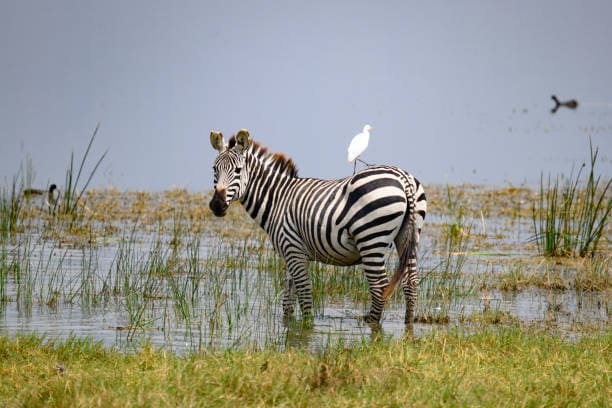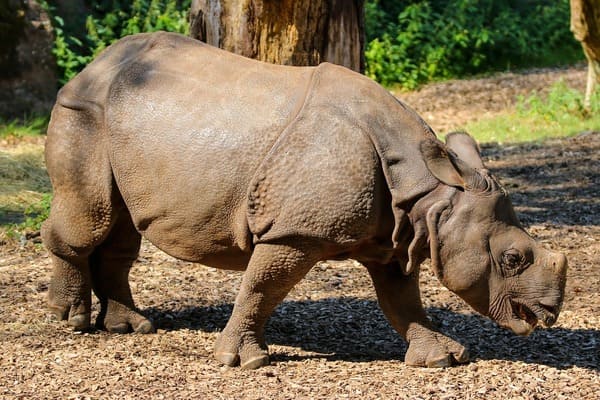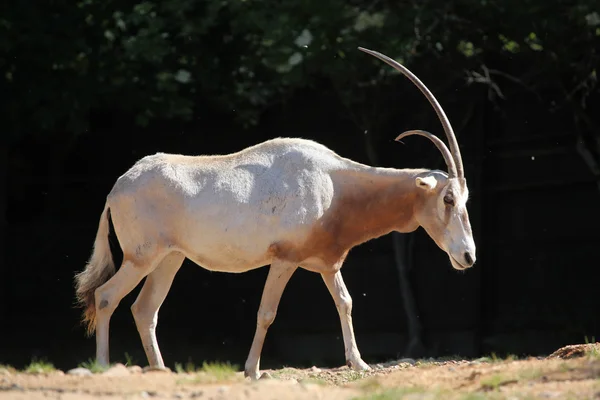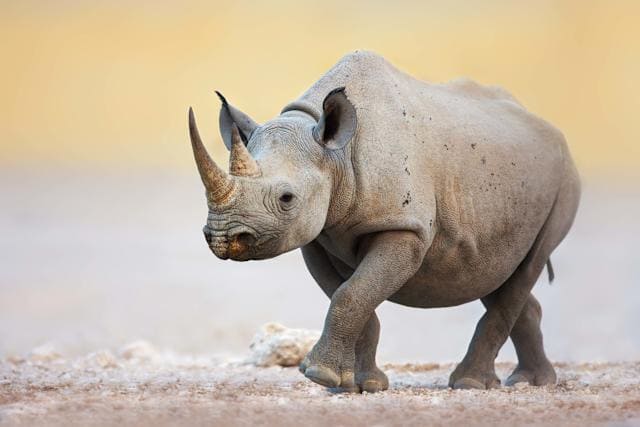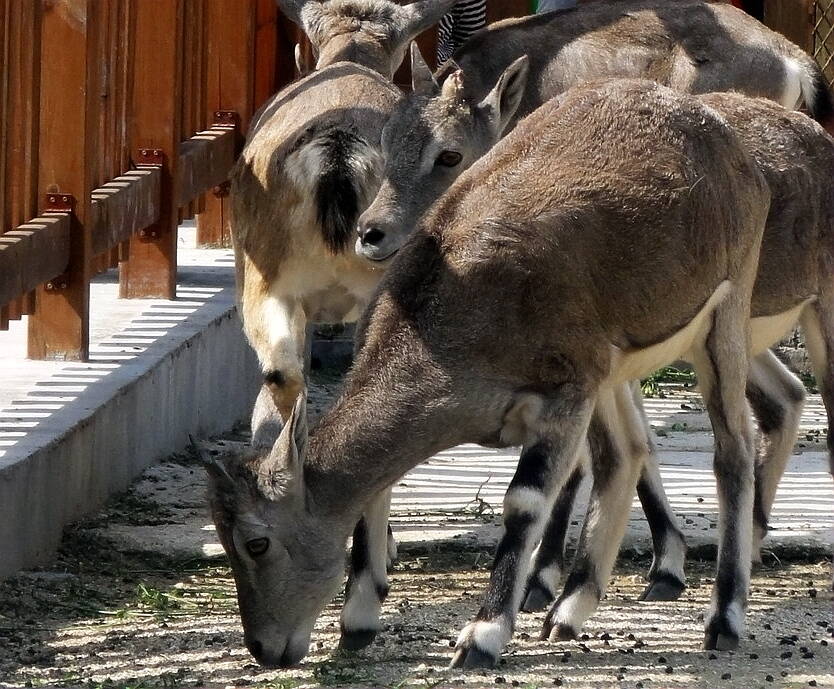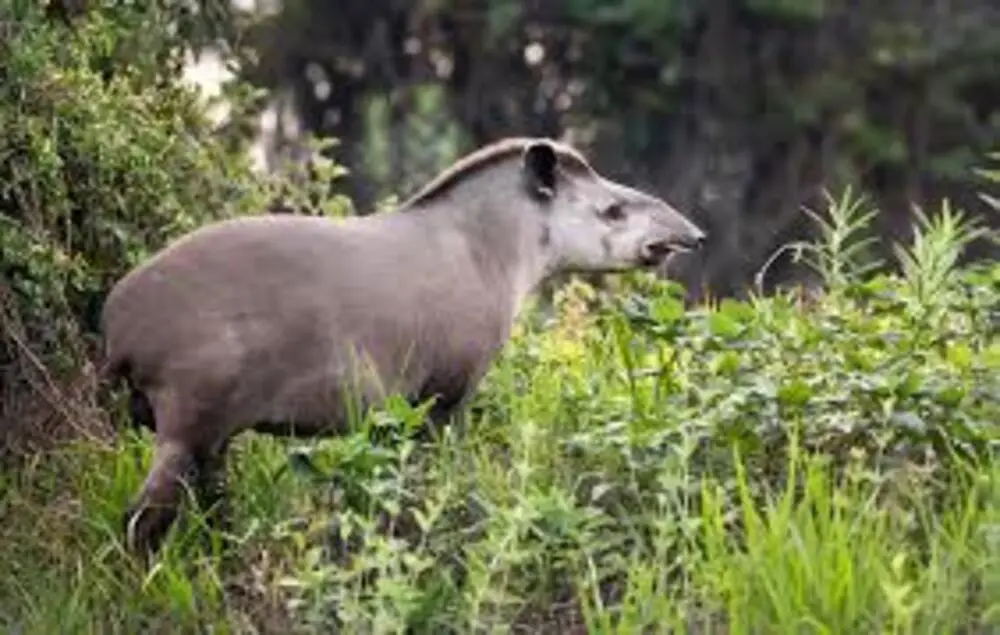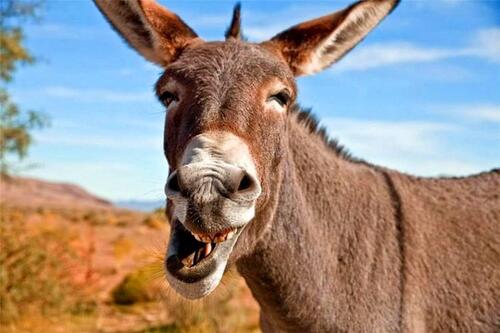Choeropsis liberiensis
IUCN
LCBasic Information
Scientific classification
- name:Choeropsis liberiensis
- Scientific Name:Hexaprotodon liberiensis,pygmy hippopotamus,pygmy hippopotamus,dwarf hippopotamus
- Outline:Ungulata
- Family:Artiodactyla Hippopotamidae Choeropsis
Vital signs
- length:1.5-1.75 m
- Weight:160-270 kg
- lifetime:30-55 years
Feature
A distant relative of the hippopotamus, a national treasure of a West African country, and a miniature version of the "blood horse".
Distribution and Habitat
The pygmy hippopotamus inhabits streams, wet forests, and swamps, restricted to freshwater in the tropical rainforests of western Africa. It inhabits primarily lowland primary and secondary forests, near rivers, streams, and rafia palm swamps, sometimes extending into transitional woodlands and coastal forests in the southern Guinea savannah. The most important habitat features are creeks with submerged trees, root depressions, swampy depressions, and a relationship to the size and density of ground vegetation.
Appearance
The pygmy hippopotamus is 1.5-1.75 meters long, 75-83 centimeters high at the shoulder, 15-20 centimeters long in the tail, and weighs about 160-270 kilograms, which is about 7-8 times smaller than the hippopotamus. Although the pygmy hippopotamus and the hippopotamus are very closely related, there are still many obvious differences between the two: the pygmy hippopotamus has a rounder and shorter head; the eyes and are not on the top of the head like the hippopotamus and are not prominent, so the pygmy hippopotamus is not as adaptable to life in water as the hippopotamus. The pygmy hippopotamus's back is arched, not as flat as the hippopotamus, which is conducive to their walking in dense forests. The pygmy hippopotamus's feet are relatively narrow, but the toes are widely separated, and there is less skin connecting the toes, which is suitable for walking in muddy rainforests. The pygmy hippopotamus has only one pair of upper incisors in its mouth, while the hippopotamus h
Details
The hippopotamus actually has a cousin that is nearly ten times smaller than it - the pygmy hippopotamus. It looks like a hippopotamus that is ten sizes smaller. People who are not familiar with the pygmy hippopotamus would definitely think that the pygmy hippopotamus is a hippopotamus cub.
The pygmy hippopotamus was discovered in the 19th century. They only live in the tropical jungles and swamps of western Africa and are a national treasure of West Africa. The word "Wa" is what we used to describe Japan in ancient times. It literally means a short person. Compared with hippos, pygmy hippos are much smaller, so they are also called "dwarf river horses".
An adult pygmy hippopotamus is only 1.5 to 1.7 meters long, less than 1 meter tall at the shoulder, and weighs only about 200 kilograms, looking about the same as a pig. From the perspective of body shape, the pygmy hippopotamus is also worthy of its name of "pygmy". Especially the baby pygmy hippopotamus, which is round and chubby, and was ranked 19th on the list of the world's cutest species selected by CNN in 2013.
The pygmy hippopotamus is very afraid of the sun's ultraviolet rays. Whenever it has to move under the scorching sun, the skin of the pygmy hippopotamus will secrete a sticky blood-red liquid, becoming a veritable "blood horse".

Although the pygmy hippopotamus looks very cute, it is actually an absolute diving master. Because its ears and nostrils have "valves" made of muscles, water cannot enter their ears and nostrils when diving. According to scientists, the pygmy hippopotamus and whales had a common semi-aquatic ancestor 60 million years ago.
Origin: Côte d'Ivoire, Guinea, Liberia, and Sierra Leone. Regional extinction: Nigeria. Because the pygmy hippopotamus is small in size and relatively gentle in temperament, unlike the hippopotamus, which has an incredible fighting power, the pygmy hippopotamus has almost no fighting power, and is often hunted by leopards, pythons and crocodiles. Coupled with habitat destruction and poaching, the number of pygmy hippopotamuses in the world is less than 3,000. Therefore, it will be hunted by leopards, pythons and crocodiles in the wild, and is listed in the "Red List of Endangered Species of the World Conservation Union" (IUCN) 2015 ver 3.1-Endangered (EN), and the "Washington Convention" CITES Appendix II protected animals.

